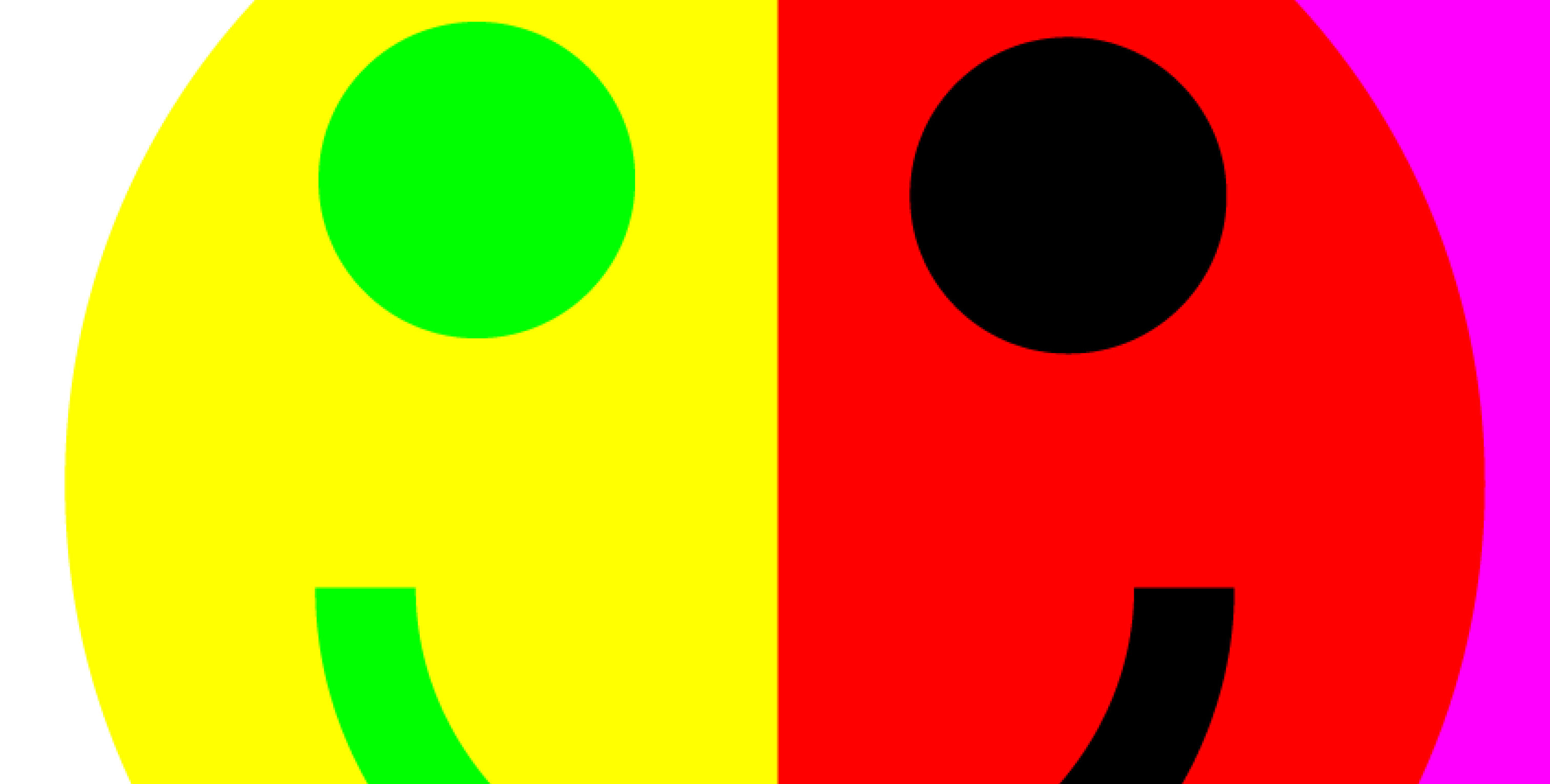

The main artist featured in the exhibition Blockade Against Extremism is Tomáš Rafa, whose work in Poland, Slovakia, and the Czech Republic focuses on the rising tide of racism, xenophobia, and nationalism. His practice is defined by a blend of artistic activism and documentary work. Using photography and video, Rafa explores the fraught relationships between majority and minority communities, often positioning himself directly within local conflicts. His work confronts us with uncomfortable truths about the current state of society—truths we may prefer not to see, or even acknowledge.
Renowned German activist collective The Center for Political Beauty (Zentrum für Politische Schönheit) will accompany Rafa’s work with a video piece reflecting on the European migration crisis.
"So many interesting things are happening right now that it’s hard not to pay attention. The political situation is deteriorating, racism and xenophobia are on the rise, and the emotions surrounding various street events are becoming ever more intense. I think all of this might be leading to a major climax. After all, that’s how things have always happened in the past." — Tomáš Rafa
Blockade Against Extremism is an uncompromising exhibition that exposes a reality many of us would rather ignore—let alone see or hear firsthand. At first, I couldn’t understand how Tomáš Rafa could do what he does: go to places no “normal” person would dare or even think to visit, record and publicly share statements that belong on the scrapheap of history, and highlight individuals whose names are better left unmentioned. Rafa documented the emergence of dangerous ideologies before they gained power, influence, and mass support—making his work all the more chilling when viewed in retrospect.
Tomáš Rafa is an artist with a deep sense of responsibility for the future of our world. Through his art, he actively opposes nationalism, racism, and xenophobia. He is not a documentarian (though he makes documentaries), not merely an activist (although artistic activism defines him perhaps most clearly), and his goals are not strictly artistic (though he is undeniably an artist). The question of whether he is more documentarian, activist, or artist is the wrong one—because Rafa defines new categories. As an “artivist” (artist + activist), he operates within the realm of social design. He regularly organizes workshops and happenings in Roma communities, where he acts not as an observer but as a facilitator, designer, and initiator of creative actions. He encourages Roma participants to actively take part. In contrast, he comments on extremist far-right rallies—often aimed at minorities—only in the postproduction phase. Rafa intentionally enters the tense, dangerous space between opposing sides at protests, between demonstrators and police, turns on his camera, and records hours of raw footage that he later edits into dynamic and concentrated statements.
At the House of Arts in Ústí nad Labem, Tomáš Rafa presents photographs, videos, and the project "Czech-Roma Flag." Above the entrance to the gallery hangs the winning flag—unless, of course, it’s been stolen. A monumental photograph of the Serbian-Hungarian border, taken during the height of the refugee crisis, dominates the space and connects Rafa’s work to the contribution of The Center for Political Beauty. Rafa’s videos document anti-Roma (2010–2013), anti-immigrant (2015–2016), and anti-LGBT (2018–2019) protests, alongside footage from painting workshops in Roma settlements. Also included is a video previously exhibited at MoMA PS1 in New York. The Czech-Roma Flag is an older project, first presented in collaboration with curator Lenka Kukurová at Artwall Gallery in Prague. As expected, the fusion of Czech and Roma flags sparked a backlash from both communities.
The guest of the exhibition is the renowned German activist collective The Center for Political Beauty, which presents its video work Die Joan-Monnet Brücke at DUUL. Every year, roughly as many refugees die in the Mediterranean Sea as perished at the Iron Curtain over its entire existence. A bridge connecting Africa and Europe could save the lives of tens of thousands of children, women, and men fleeing toward freedom. Until Austria’s Bundeskanzleramt and the construction firm Strabag complete this symbolic bridge across the sea, the collective proposes a temporary rescue platform: a thousand illuminated island stations equipped with food, emergency signals, photovoltaic systems, and lifesaving tools. Austria, lacking a Schengen border, declares this as an act of solidarity with frontline countries. The only catch? Die Joan-Monnet Brücke is a fictitious artistic project—a vision, not a reality. Despite its convincing concept and high production values, the project serves as a provocation: a proposed EU investment of unprecedented humanitarian magnitude. Other projects by the collective—such as the real-world expansion of Peter Eisenman’s Memorial to the Murdered Jews of Europe, built next door to a prominent far-right politician, or SOKO Chemnitz, which attempted to publicly identify 7,000 participants in extremist protests—demonstrate how art can intervene in society with direct and unsettling consequences.
Tomáš Rafa (b. 1979) is a visual artist, photographer, and filmmaker. He studied at the Academy of Arts in Banská Bystrica and in Warsaw. Since 2009, he has been documenting the rise of nationalism and neo-fascism across the former Visegrád region. In his native Slovakia, he is actively involved in transforming “sport walls” that separate Roma communities into open-air street art galleries. Since 2015, his focus has shifted toward the European response to the refugee crisis. His projects have been presented at, among others, the Prague and Berlin Biennials, and at MoMA PS1 in New York. (Taken from dafilms.cz)
Curator
Juraj Čarný (SK)